
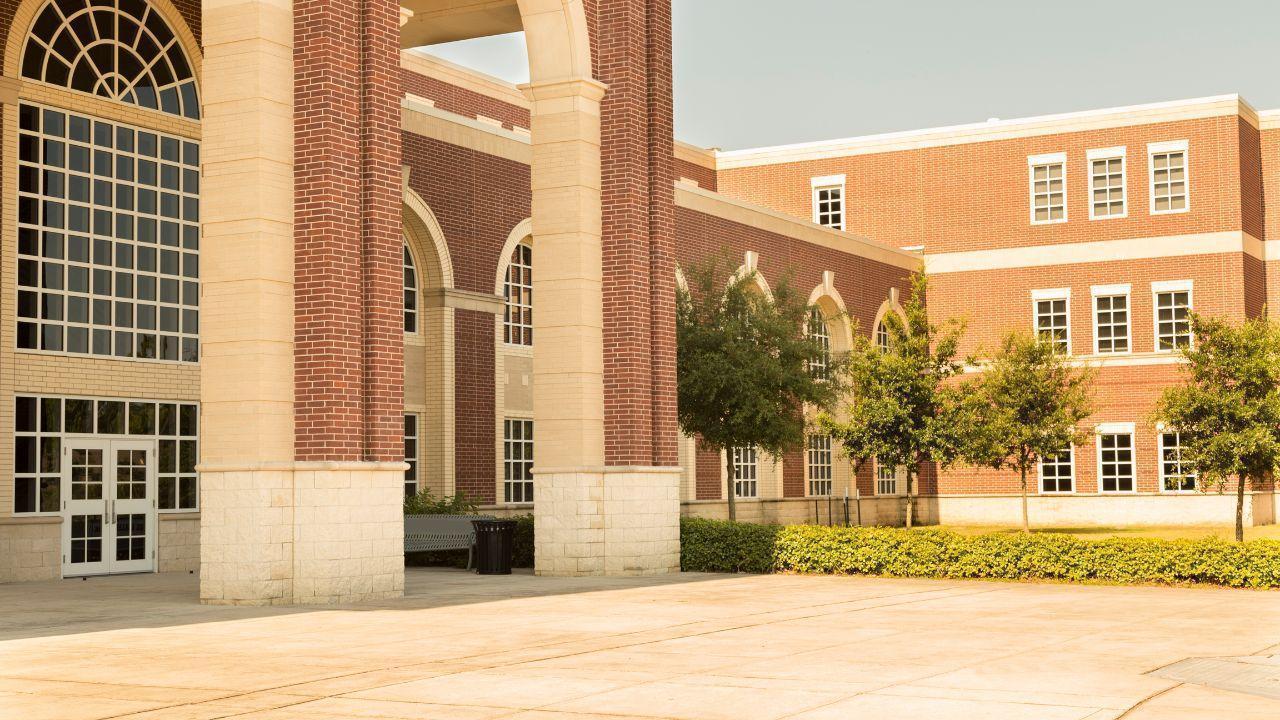
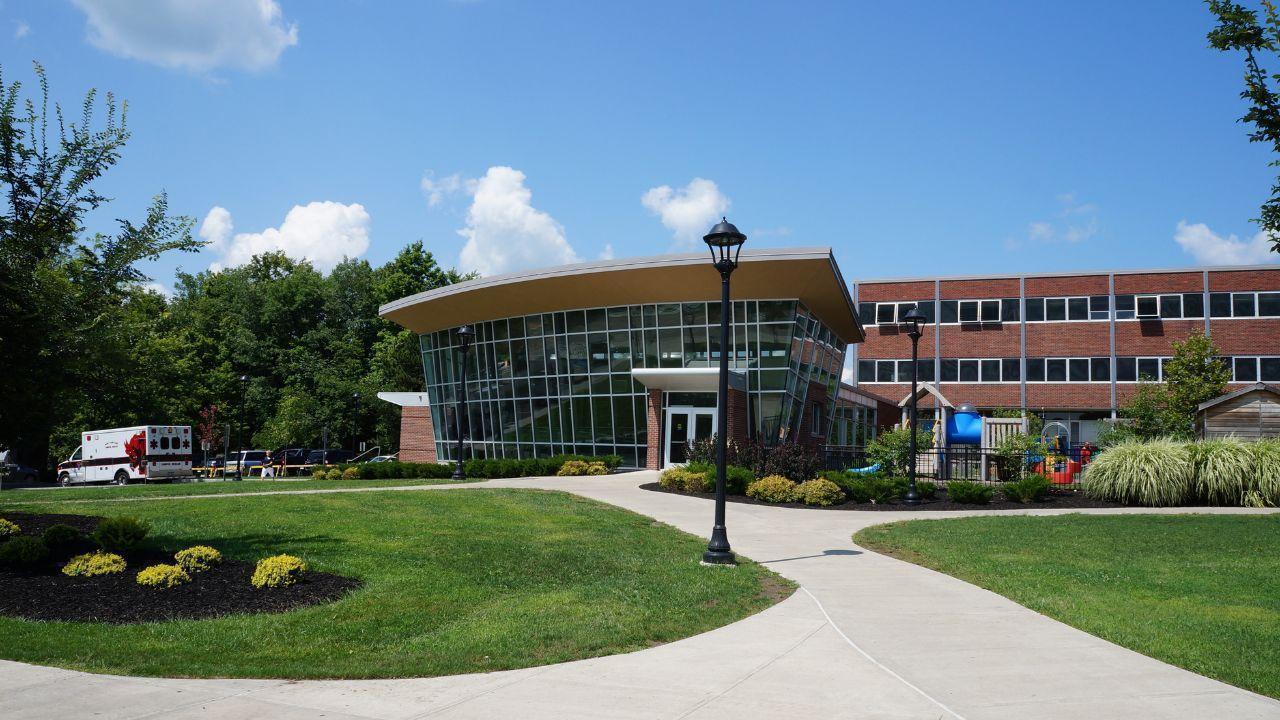
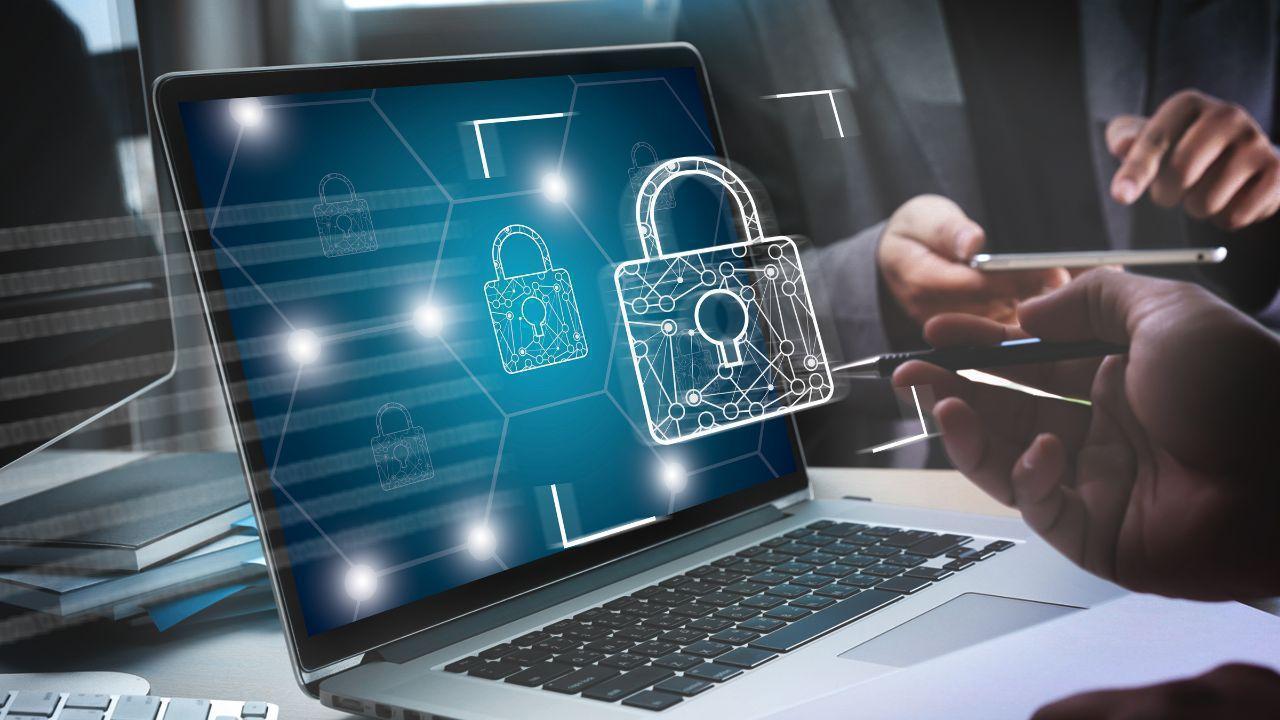
Protecting Student Data with Smart Cybersecurity in Schools
In today’s world, almost everything in education is connected to the internet. Schools, colleges, and universities use computers, smartboards, and online tools to help students learn better. While this makes learning easy and fun, it also brings risks. Hackers and online criminals can steal important student data or stop systems from working. That’s why cybersecurity measures every educational institution should implement are very important.
This article will explain simple steps schools and colleges can take to protect their systems, teachers, and students.
Why Is Cybersecurity Important in Education?
Educational institutions store a lot of information. This includes:
If this information falls into the wrong hands, it can be misused. Hackers can also lock systems and ask for money to unlock them. This can cause big problems for schools.
1. Use Strong Passwords
One of the easiest ways to stay safe is to use strong passwords. All students, teachers, and staff should be told to:
Schools can also use tools that ask for a second step to log in, like sending a code to your phone. This is called two-step verification.
2. Keep Software Updated
Software and apps need updates to stay safe. Updates fix holes in the system that hackers can use. Schools should:
This helps protect against new types of online attacks.
3. Educate Staff and Students
Sometimes, people make mistakes that lead to cybersecurity problems. For example, someone might click on a fake email link or download a harmful file. That’s why training is a must.
Teachers and students should be taught how to:
Even simple lessons on internet safety can go a long way.
4. Secure Wi-Fi Networks
Many schools have open or weak Wi-Fi networks. These can be easily hacked. Schools should:
This keeps unwanted people out of the system.
5. Backup Important Data
What if a hacker locks the school system or deletes data? That’s why backups are important. A backup is a copy of all important files stored in another place.
Schools should:
This way, if something goes wrong, the school won’t lose everything.
6. Limit Access to Information
Not everyone needs to see everything. Schools should:
This helps protect private information and lowers the chance of a data leak.
7. Use Firewalls and Antivirus Software
A firewall acts like a wall that keeps bad traffic out of the school’s network. Antivirus software finds and removes harmful programs. Every computer in school should have:
These tools protect the system in the background while students and teachers focus on learning.
8. Create a Cybersecurity Plan
Every school needs a plan in case of an online attack. This plan should include:
Having a plan helps schools act quickly and avoid panic.
9. Keep Devices Safe
Many students and teachers use laptops, tablets, or phones. If one of these is stolen, the school could lose important data.
Schools can also lock devices so only school-approved apps are used.
Disclaimer:
The information provided in this article is for general educational purposes only. MyEduGoal does not take responsibility for any decisions made based on this content. Readers are advised to consult with cybersecurity professionals or IT experts for specific advice or solutions related to their institution's digital safety.
#trending #latest #Cybersecurity #SchoolSafety #OnlineSafety #EducationSecurity #DigitalLearning #StudentDataProtection #SafeSchools #CyberAware #EdTechSecurity #DataPrivacy

University Internships That Help You Get a Job After Graduation... Read More.

Is It Smarter to Start at a Community College... Read More.
 Fake posts hit Czech PM Fiala's X
Fake posts hit Czech PM Fiala's X
Fake posts disrupt Czech PM Fiala's X account security
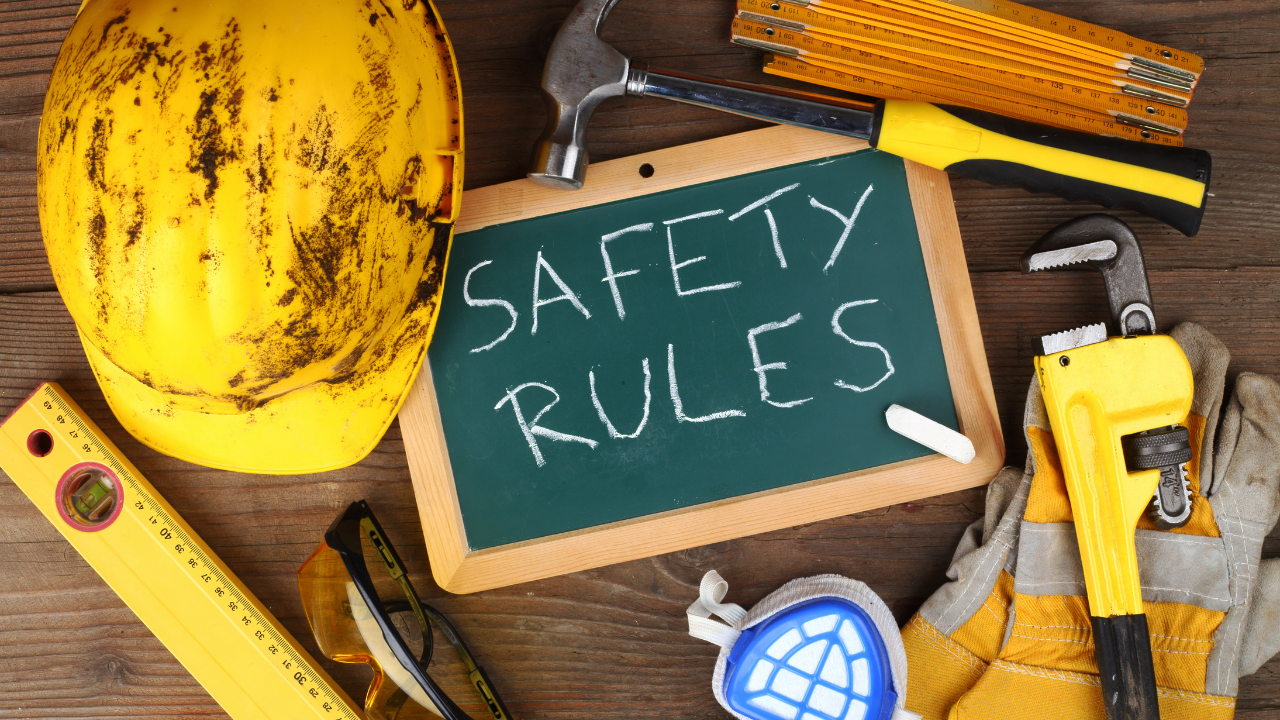 Switzerland Tightens Export Rules
Switzerland Tightens Export Rules
Switzerland expands export controls on dual-use goods
 Google unveils Ironwood AI chip
Google unveils Ironwood AI chip
Google introduces Ironwood chip to accelerate AI tasks & apps
 TSMC Q1 revenue up 42%
TSMC Q1 revenue up 42%
TSMC sees 42% revenue surge in Q1, surpassing forecasts
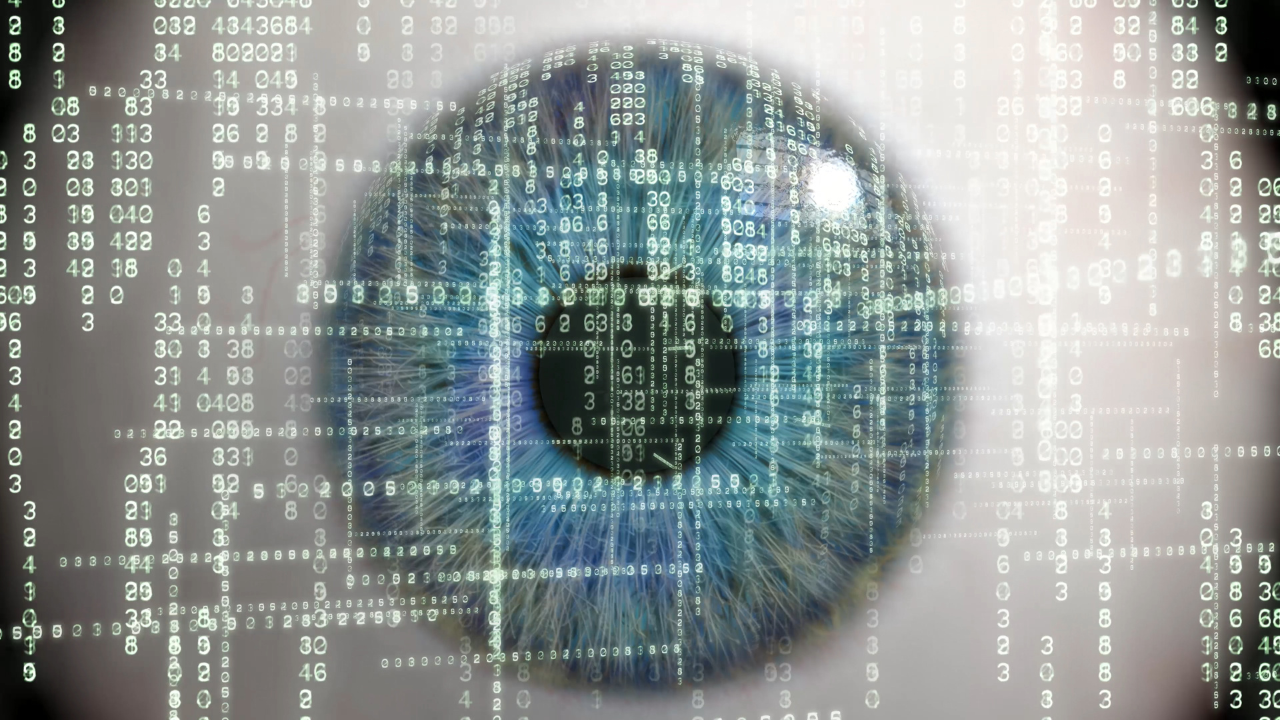 Amazon CEO Outlines AI Vision
Amazon CEO Outlines AI Vision
Amazon CEO reveals AI investment plans in new letter
 Osaka Hosts World Expo 2025
Osaka Hosts World Expo 2025
Japan blends tech and culture at Osaka Expo 2025 launch
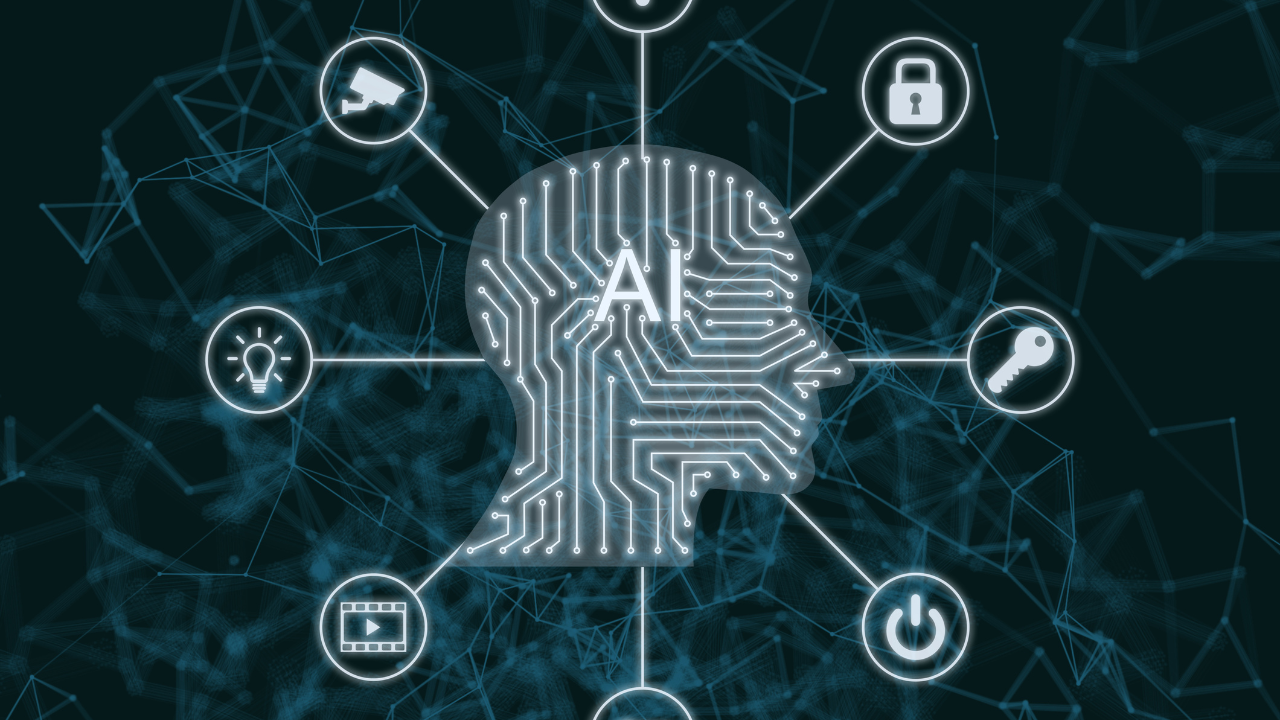 A16z Plans Big Bet on AI Startup
A16z Plans Big Bet on AI Startup
A16z may lead huge round in ex-OpenAI CTO’s new AI firm.
© MyEduGoal. All Rights Reserved. Design by markaziasolutions.com